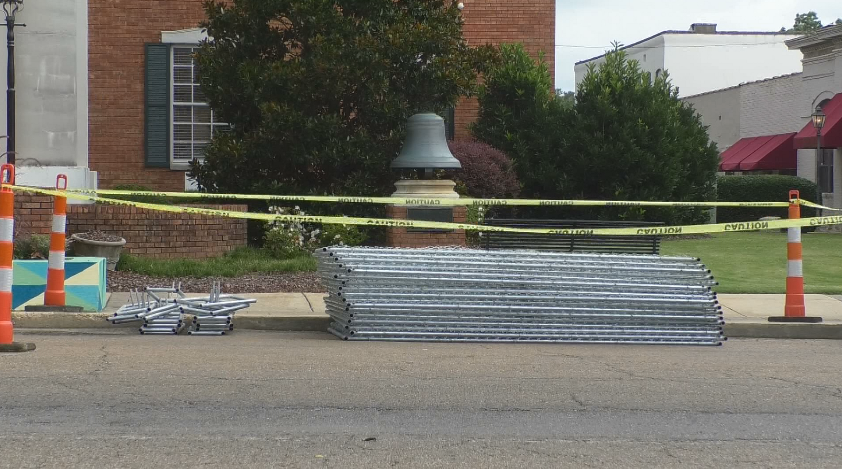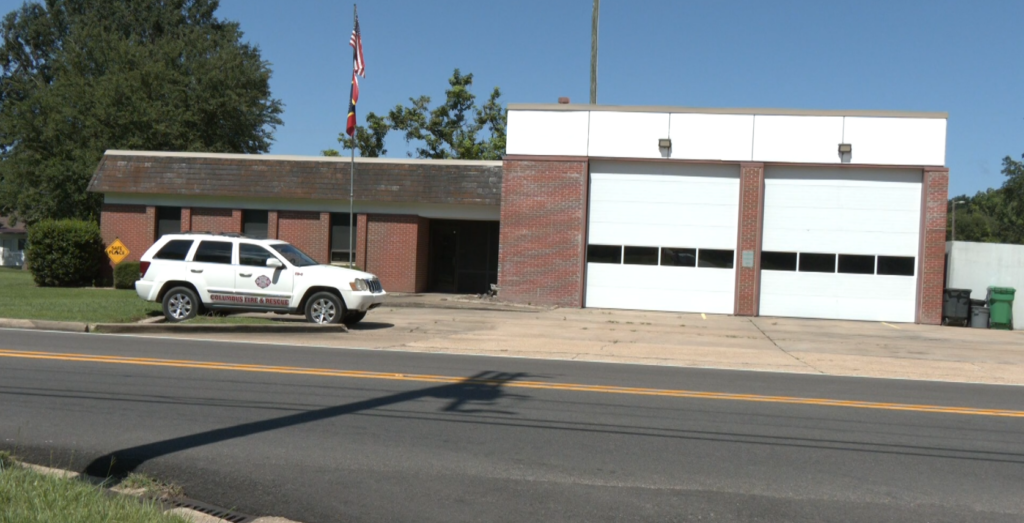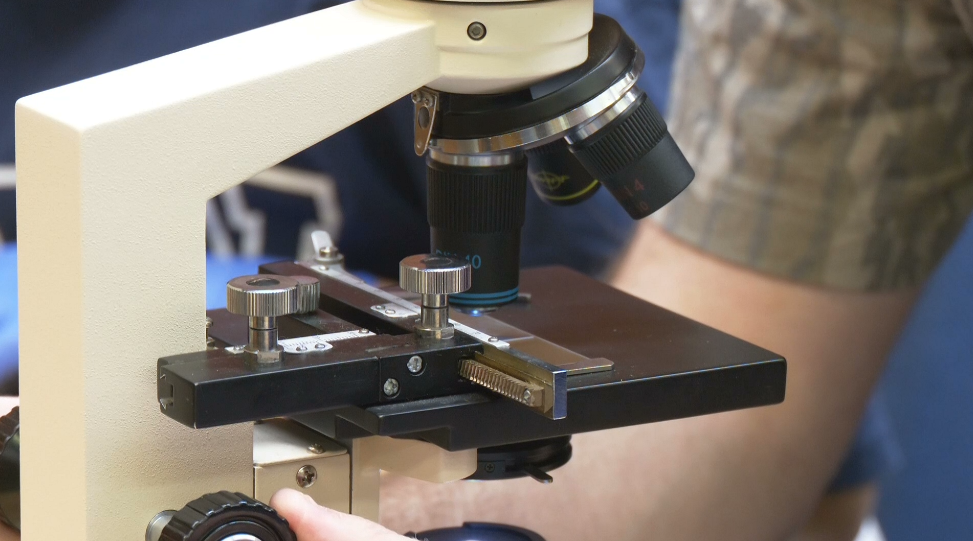FEMA housing inspection next step in receiving disaster assistance
JACKSON, Miss. (FEMA PRESS RELEASE) – Mississippi storm and flood survivors who have applied for disaster assistance with the Federal Emergency Management Agency (FEMA) on-line or on the phone often are unsure about what comes next. Is there something more I should be doing? Did I complete all the right forms?
If you received a nine-digit identification number when you registered, you can be sure FEMA is looking out for you.
After you’ve registered, a FEMA housing inspector may contact you and may schedule an appointment to visit your house or apartment to assess the damage. An assessment inspection generally requires 20-40 minutes to complete. It’s important to keep your appointment or notify the inspector if a postponement is necessary.
Upon arrival, the FEMA inspector will display official FEMA photo identification. If the photo ID is not visible, it is important for survivors to ask to see it. This helps prevent fraud.
Homeowners will be asked to show inspectors proof of ownership:
- Tax bill, deed, mortgage payment receipt or insurance policy, with the applicant’s name, and the damaged property’s address on the documentation.
Renters must show proof of occupancy:
- Lease or rent payment receipt, utility bill or another document confirming the house or apartment was their primary residence between Feb. 22 and March 29, 2019.
All applicants must show a valid driver’s license, passport or other photo identification.
The FEMA housing inspector will verify storm and flood damage to the structure, building systems and major appliances, and enter the information electronically into a hand-held computer. The computer already contains a file with your registration number and other information. The inspector’s job is to look at your reported damage and document it.
FEMA inspectors do not:
- Determine your eligibility for assistance or offer repair estimates.
- Hire or endorse specific contractors to repair homes or recommend repairs.
- Ask applicants for banking or other personal information.
- Carry money or solicit or accept payment.
Disaster survivors with communication-related disabilities—those who are deaf or hard of hearing, blind or have low vision, and those with speech disabilities—may request reasonable accommodations to aid in communication. For instance, survivors may request an American Sign Language interpreter. Accommodations can be requested by calling 800-621-3362 (TTY 800-462-7585).
Important Survivor Tips
- Applicants need not wait for a FEMA housing inspection before making necessary repairs to damaged property.
- Document losses thoroughly. Take pictures of all damage to property and major appliances and keep receipts of all disaster-related purchases and expenses.
- Stay in touch with FEMA after registration. If addresses or phone numbers change, update FEMA as soon as possible. Missing or erroneous information could result in delays in getting a home inspection or receiving assistance.
Once you have applied for federal assistance, you may be referred to the U.S. Small Business Administration (SBA). It is very important to complete and submit the loan application, even if you think you may not qualify for a loan. You can do this online at https://DisasterLoan.sba.gov.
In fact, homeowners and renters who do not qualify for a loan from SBA may be referred to FEMA’s Other Needs Assistance (ONA) program. ONA may include grants to help pay for repair or replacement of household furniture, vehicles and some appliances. Medical, dental and funeral expenses may also be eligible under the program.





Leave a Reply